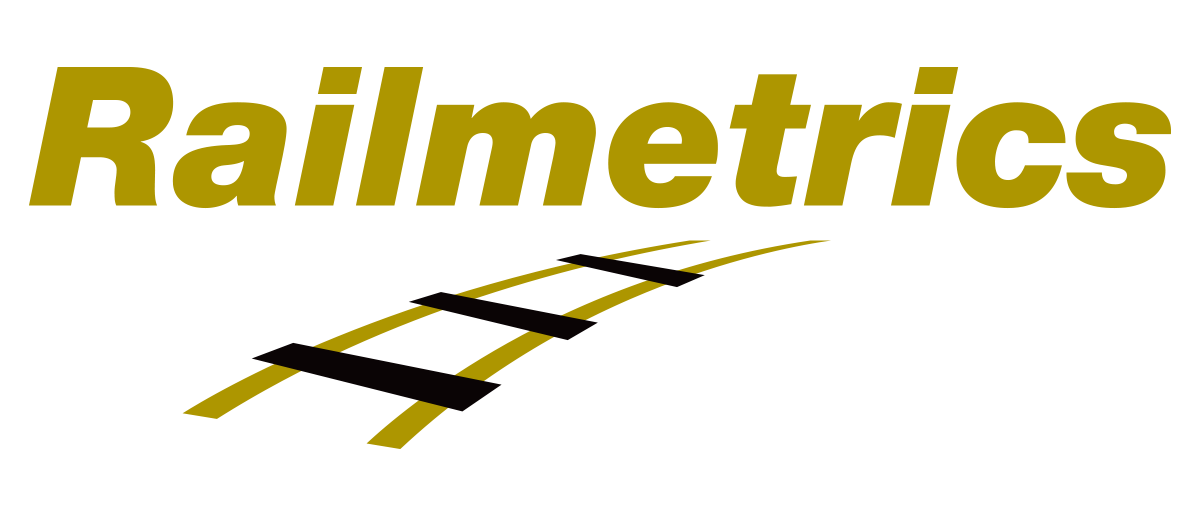Published Wed 8th Feb 2023
The complexity of tunneling construction comes with considerable risk for stakeholders. Tunneling Contractors, in particular, face risk to their own equipment, the integrity of their construction and structures, and most importantly the safety of their people. In many of these cases, risk mitigation in tunnel contruction can be strengthened by the use of an instrumentation and monitoring program.
A well designed instrumentation and monitoring program can help contractors, engineers and owners manage geotechnical and structural risks that are prominent during tunnel construction, such as early identification of very small movement trends that have potential to rapidly escalate, causing construction delays, damage, and in the most severe cases compromising safety. It is important that a tunneling project team take steps to help mitigate these inherent risks with monitoring technology that can provide repeatable, high-quality data for early detection and alert.
Various conditions and events can lead to unintended structure and ground movement such as:
- settlement propagated at the tunnel’s surface above shallow tunnels
- boring equipment seizure
- tunnel crown collapse
- loss of tunnel face stability
- excessive water inflow resulting in flooding
- excessive deformation of rock mass causing tunnel squeezing
- thrusts and shear zones
- pockets of soft material
- high groundwater pressures
- highly fractured poor-quality rock
- saturated sand deposits
- seismic events
Resulting structure and surrounding ground movement is a complex subject that can benefit from the use of advanced monitoring techniques.
Convergence, divergence, settlement and cracking is sometimes the first sign of impending damage or failure of a tunnel system and surrounding assets. These parameters must be monitored closely, however there are challenges in deploying a system that provides adequate coverage within active tunnel construction zones and on adjacent structures below and above ground. Conventional monitoring for risk mitigation in tunnel contruction, such as optical systems or cabled solutions, can provide very useful data, however they are inherently exposed to interruption and damage that requires frequent maintenance, which can lead to construction delays.

Wireless remote condition monitoring (WRCM) technology offers an alternative that can deliver continuous, precise and repeatable data in a rugged and robust cost-effective package to support risk mitigation in tunneling contruction projects.
WRCM has many advantages over conventional methods:
- quick installation
- ability to relocate as construction progresses
- less intrusive with a small form factor that does not compromise tunnel clearance
- built rugged to withstand the extremes of temperature, humidity, impact and vibration
- very low power consumption, with minimal maintenance, that does not completely rely on external power sources and frequent site maintenance
- can be installed in roadway boxes, connected to in-ground instruments, sending data wirelessly without the need to install cable in right of way
A growing number of tunneling professionals are adopting WRCM solutions to monitor the behavior of tunnels, the ground, and third-party assets in the zone of influence, at all stages of construction, including:
- tunnel lining convergence / divergence
- longitudinal deformation
- crack and joint movement
- lateral or vertical ground movement
- groundwater pore pressure
- strain/load
- building, utility and other above ground structure deformation
Early detection and near real-time tracking of these parameters can often enable a change in construction methodology that allows tunneling to progress with minimal interruption and potential significant cost savings.
During new tunnel construction, monitoring is usually focused on the crucial zone close to the tunneling face where the small size of the WRCM sensors and the absence of trailing cables reduces the risk of snagging with the TBM trailing gear. Sensor nodes can be installed in tight spaces in a matter of minutes and easily removed before the tail of the TBM has passed – making them available for repeated use. Working in this way, tunnel engineers can track the growing stability of a segmental lining hour-by-hour as the lining settles due to factors including ground movement and perhaps the curing of bentonite at the extrados.
In many tunnel contruction projects, a proportion of sensors are left in place to monitor post-construction movement. With each sensor having a potential lifespan of over 10 years, this provides a virtually maintenance-free route to associated asset Structural Health Monitoring (SHM).
Reducing risk mitigation in tunnel contruction load by utilizing a real-time WRCM instrumentation and monitoring system during all types of tunnel construction, including cut-and-cover and bored tunnels in hard and soft ground conditions, is becoming standard practice.
Senceive wireless remote conditioning monitoring (WRCM) solutions have been used in over a hundred tunneling projects in more than 20 countries over the last decade. For more information, check out some of our tunneling projects.










